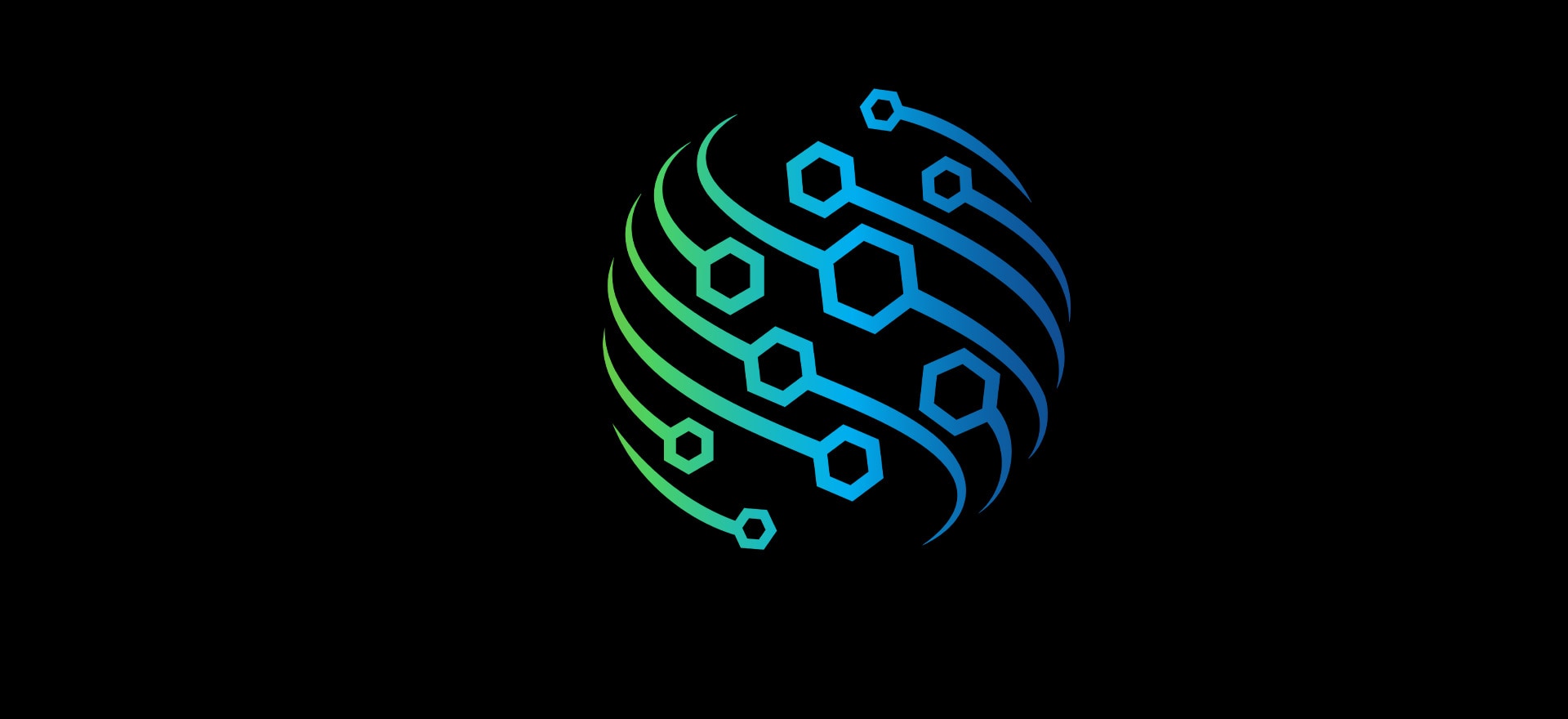Large utility provider reduces vegetation risk and inspects assets by using drone, cloud, and machine learning technologies
Digitizing visual inspections to improve monitoring and decrease costs
Vegetation related incidents are the single largest cause of service outages in US per Federal Energy Regulatory Commission (FERC). A large utility provider that operates in a region prone to outages due to vegetation related incidents needed to reduce the potential for such hazards. In addition to having to meet stringent greenhouse gas reduction goals, the utility provider faced mounting pressure to transform its operations while coping with the increasingly catastrophic effects of climate change in the region. To respond accordingly, the utility provider turned to Deloitte to leverage advanced technology to build a scalable solution that helps reduce the impact of vegetation growth with preventive maintenance, including identifying and removing at-risk vegetation.

Combining Apps and Replacing Paper-based Processes
Because the utility provider’s power traverses thousands of miles and reaches into every individual home and business in its territory, monitoring the transmission and distribution of power is especially difficult and can be costly if errors are made. The utility provider’s previous systems combined apps and paper-based processes that frequently resulted in errors, lost productivity, and significant reporting delays. By replacing those legacy systems with a SaaS cloud Field Services Solution, the utility provider has improved reliability and resilience while reducing costs.
Implementing Remote and Automated Monitoring
Conventional grid monitoring techniques typically involve on-foot visual inspections, which are expensive, time-consuming, labor-intensive, and dangerous for workers. To improve this process, Deloitte helped the utility implement remote and automated monitoring – using drones, cameras, and alert tools – to detect objects close to high-voltage wires or in hard-to-reach areas, minimizing the risk of vegetation affecting power transmission.
Monitoring the Grid at Scale
The utility and Deloitte team implemented Salesforce Service and Field Service Cloud, which allows users plan, schedule work orders, and generate reports. It integrates with a Geographic Information System (GIS) for robust maps and data layers that can be pushed out to the field in real time. Deloitte helped the utility launch a fully operational aerial remote-sensing program to monitor the grid at scale. The program included unmanned aircraft systems (UAS), also known as drones, helicopters, map-based views, and machine learning for image processing—all of which have significantly enhanced efforts to strengthen the grid and reduce vegetation related incidents.
The technologies enabling the utility provider’s aerial inspections also support one of the foundational capabilities described in its vision of the future grid: ubiquitous situational awareness.

What happened next
Ubiquitous situational awareness
The utility provider is now focused on collecting and inspecting images of grid infrastructure, including power lines, wires, poles, transmission towers, and other equipment. The goal is to better evaluate equipment and determine where to target grid-hardening activities. To advance operations, the utility provider is also working to deploy edge UAS capabilities — such as the ability to fly drones beyond the visual line of sight (BVLOS) — that are more efficient and less costly. On the data side, the utility is increasing capacity and insights by scaling machine learning and aggregating unstructured and structured data to provide comprehensive views of its assets. The technologies enabling the utility provider’s aerial inspections also support one of the foundational capabilities described in its vision of the future grid: ubiquitous situational awareness.
The Wins
1. Improved productivity, performance, and efficiency with a field workforce centric UX
2. Empowered field users to work offline to allow for inspections in remote areas
3. Established cross-program coordination via a single app to schedule work and track metrics
4. Improved compliance using real-time reporting capabilities for speed and accuracy
5. Implemented a 360-degree view of asset data that includes asset details, pictures, geo-spatial context, and work order history for more efficient resource allocation

Global Microsoft Technology Services
Every business reaches a point in their journey at which digital transformation becomes a business imperative.
Opens in new window
